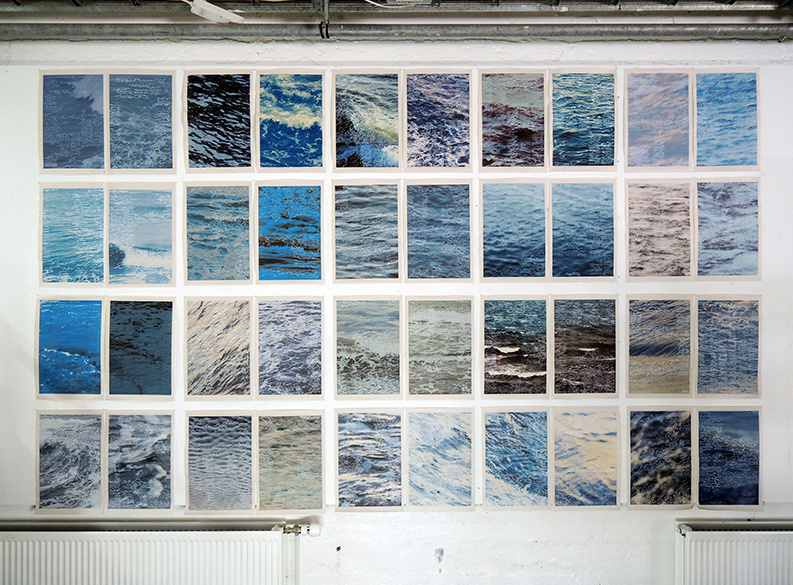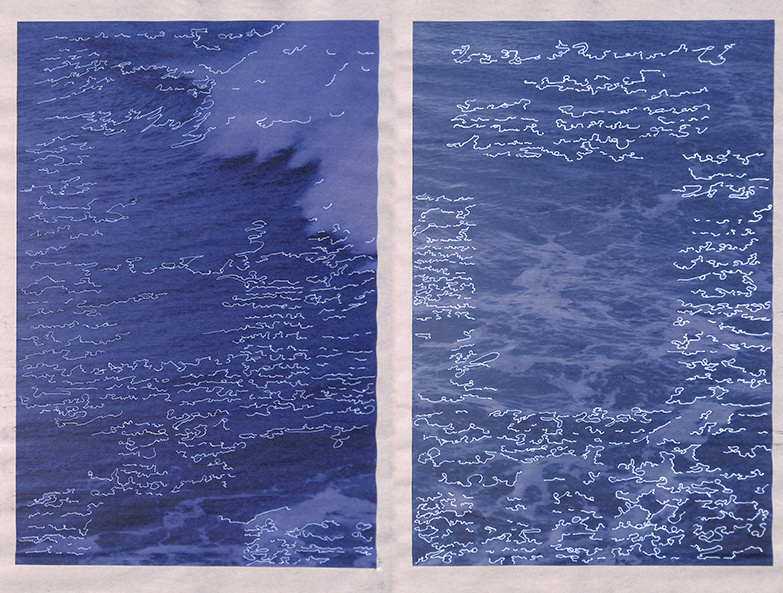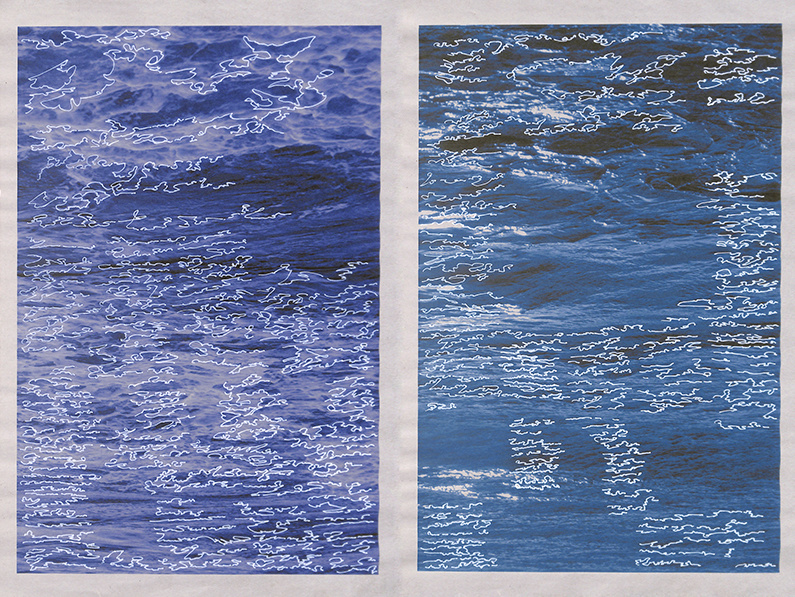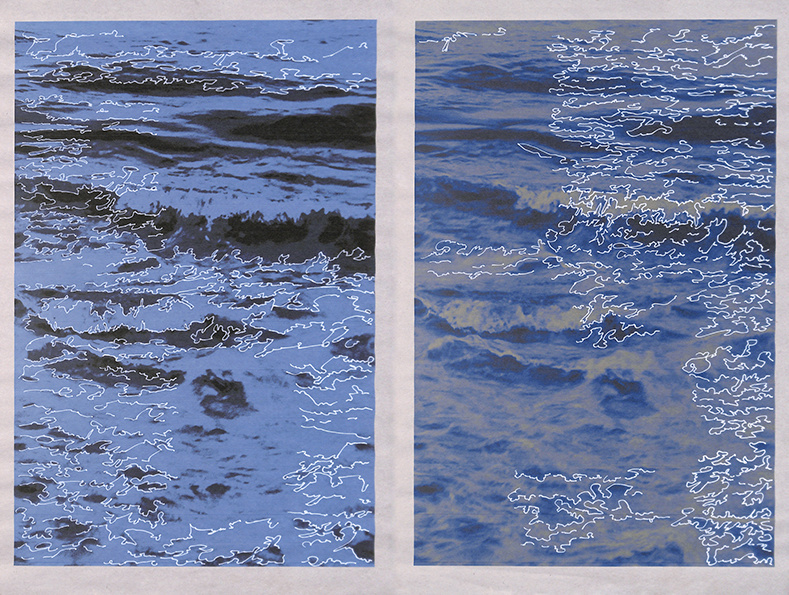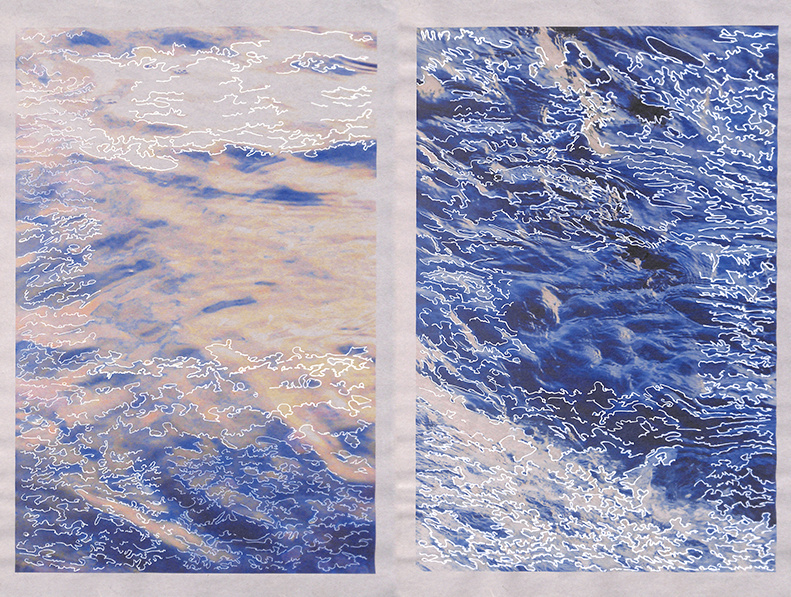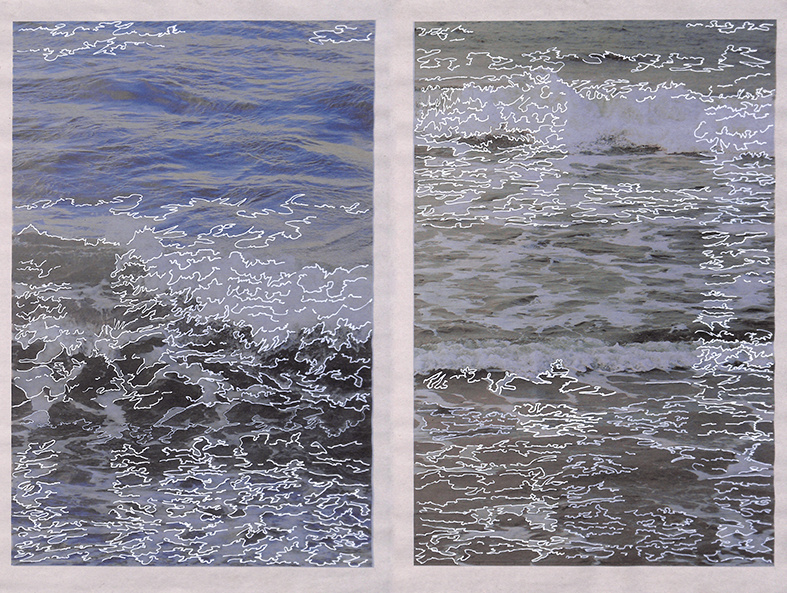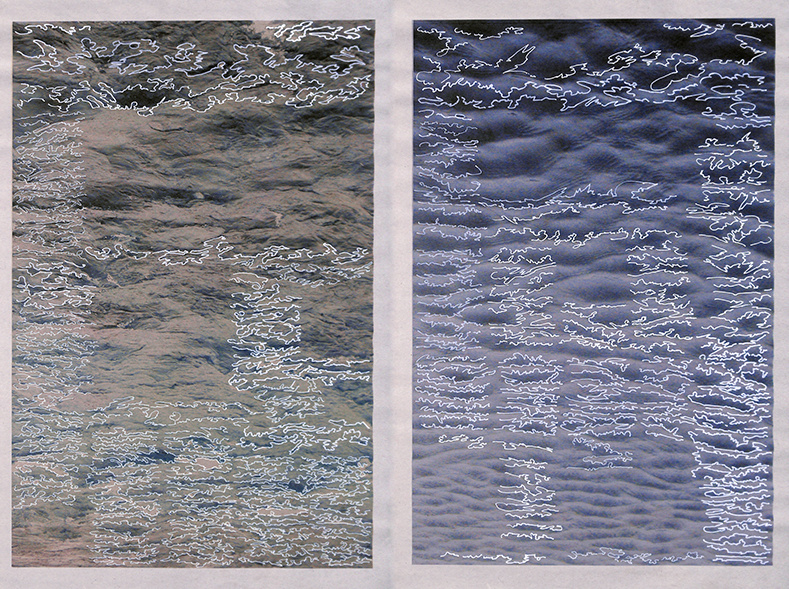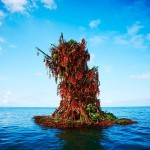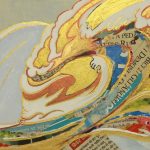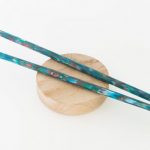Toshiaki Hicosaka’s latest project comes at a timely moment. During a 2-month residency in 2016 the Japanese artist created daily newspaper sketches of ocean waves in a tribute to Japan’s first newspaper, but also to journalistic democracy and knowledge.
The story begins in 1850 when 13-year old Hicozo Hamada was on a sightseeing ship that got caught in a storm. He was adrift in the Pacific Ocean for roughly 2 months when an American merchant ship rescued him and he ended up in San Francisco.
Nine years later Hicozo, who had assumed the name Joseph Heco, returned to Japan as an interpreter. Having learned that Japan was still under the sakoku seclusion policy, and being partial to American democracy, Hamada was intent on showing Japan the rest of the world and spreading the notion of democracy through the newspaper medium. In 1864 Hamada started Japan’s first newspaper, the Kaigai Shimbun, by translating newspaper articles obtained from sailors.
The Japanese painter Toshiaki Hicosaka (who coincidentally has a similar name to Hicozo) was inspired by the grandfather of newspapers in Japan and one anecdote in particular: while on the American ship Hicozo had encountered a sailor’s journal. He mistook the continuous lines of cursive for “sketches of ocean waves.” So the painter decided to “re-enact this experience of misunderstanding.”
“The process was as follows: I would take a photo of the ocean surface at the local beach, print it out on paper matching the size of the local newspaper, and make a drawing with a white pen on top of it. The drawing would reference the layout of both the photos and words on the local newspaper published each day, and I would publish my work every day…”
Hicosaka struggled to strike the perfect balance between tracing words and tracing ocean waves, noting “the difficulty of drawing without being partial to one or other of these two types of focus…is similar to the way in which it is difficult for one’s body and its perceptions to avoid automatically imposing its own pre-existing ideas or understandings on everything encountered.”
It’s a visually stunning project that implores the viewer to explore questions and possibilities about history and knowledge. You can read more about the project on Anthropocene Curriculum.

